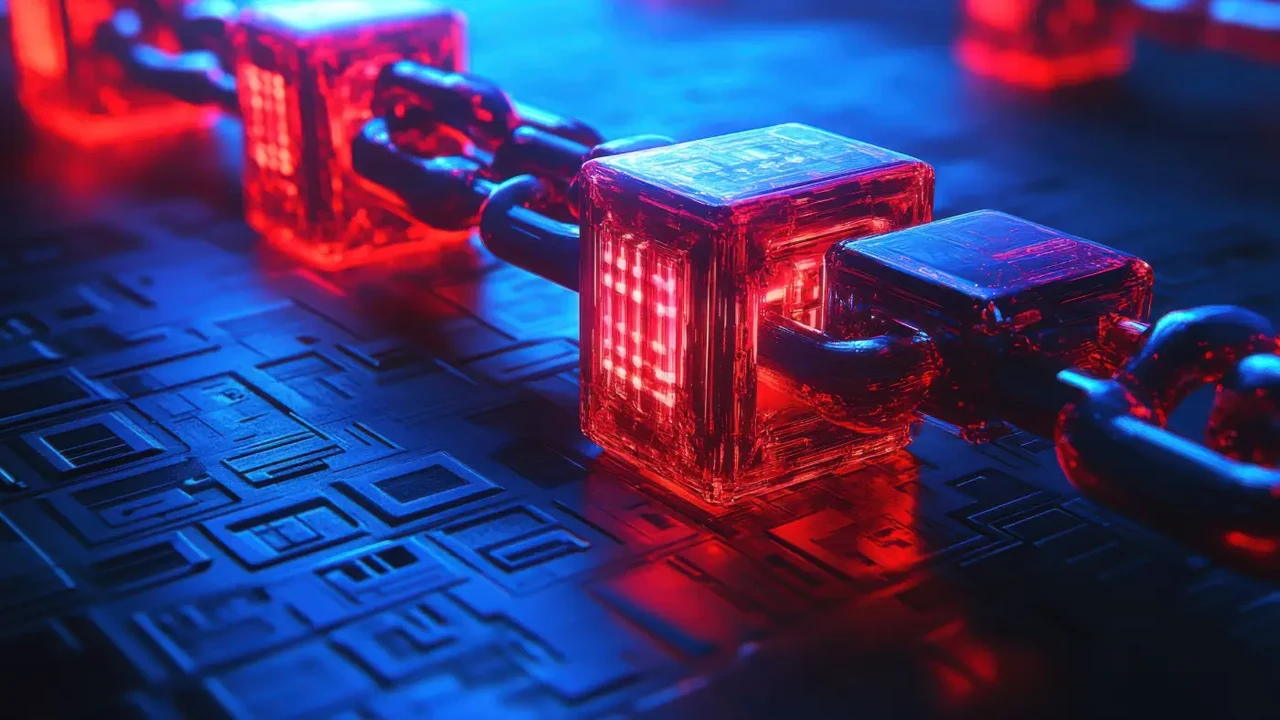News archive
The Digital Courtroom: How E-Evidence is Shaping Justice in the Modern Age

Inevitably, the future of technology and its impact on our daily lives are on many people's minds. The same is true in court proceedings. Although many ideal-sounding goals are set, the reality may end up being different. What is certain, however, is that our interactions in the digital world generate an enormous amount of evidence in court proceedings and can affect the foundations of our society in certain matters. State Prosecutor Sigrid Nurm, attorney and lecturer at the University of Tartu Mario Rosentau, and attorney Jaanus Tehver took part in the discussion moderated by Sorainen's attorney Albert Linntam.
Digital evidence is divided into three types by nature. First, there is evidence that has a physical analogue, such as a Word document that can easily be replicated on paper. Another type of evidence is that which originates from sources that do not exist in the physical world, such as information from different systems, internet searches, or communication in apps. The third type of evidence also has a physical analogue, such as a PDF file, which can either be an image or a document containing both images and text. If we consider our daily lives, it's clear that the amount of digital evidence has increased significantly over time.
How digital are our courts? From the prosecutor's perspective, it can be said that court proceedings in criminal cases are highly digital. For example, not only are bank information, email exchanges, and communication data used, but even regular internet searches—information collection from public sources like social media or forums—are often conducted. Digital evidence often plays a key role in various economic crimes and investment fraud cases.
Does e-evidence make it easier to discover the truth? It’s hard to say, because while some questions are easier to solve thanks to digital evidence, new ones have arisen. The general trend is that digitization has led to an exponential increase in the amount of information, and all parties involved face this. Case files have become significantly larger, and managing them has become a challenge. Additionally, the increased amount of information has delayed the time required for procedures.
E-evidence comes with certain challenges, the most important of which is the risk of manipulation or alteration. Although a single unsigned letter may not be enough to convict someone, there have been cases where forged ID cards and signatures were used. More technically capable individuals may have the knowledge to alter, for example, the metadata of an email. However, in criminal proceedings, the entire mailbox is generally examined to determine authenticity, and it is collected in a way that minimizes the possibility of manipulation.
Many forms of e-evidence may not be immediately recognized as evidence. Much of it is generated by the smart devices in our pockets—most of us probably don’t have a clear understanding of what data different apps collect about us. Additionally, invisible data creation happens through dozens of customer cards, by a smartwatch on your wrist, or by a car that records its journey. Communication data is also collected daily, which can play an important role in investigating crimes. While data collection by various service providers has become inevitable in today's world and serves as crucial input in court proceedings, it has also created new opportunities for other types of crime, primarily related to data theft or leakage.
However, the abundance of data and the need to analyze it raise the question—what could be the role of artificial intelligence in court proceedings? Would AI help to improve the quality of court decisions, and are we ready for it? For example, if we look at the amount of literature that every judge could potentially review, it’s clear that it is enormous. There are 170 books on argumentation alone and 150 books on proof, in addition to other field-specific literature. Artificial intelligence could be useful in preparing diagrams, models, and other necessary tools. Especially considering that judges must make decisions based on their inner conviction and not according to one specific theory. However, it’s certain that the central role of a human cannot be diminished in court proceedings. While sometimes court procedures may seem inefficient, they have their own reasons and contribute to fair and high-quality outcomes. If we seek efficiency in the wrong places, we could harm ourselves; at the same time, we can steer the development and use of technology in a suitable direction. However, we must not forget the human element in a court of law—someone’s fate is being decided, and there is always a need to maintain humanity in our judgments.
In conclusion, e-evidence plays an important role in court proceedings and has changed the entire process in its own way. The volume of data can pose challenges for various parties, but the central role of the human remains. After all, someone’s fate is being decided, and it’s not reasonable to believe that this decision could be left to artificial intelligence alone.
The video recording of the discussion is available in Estonian:_large.webp)
News
The Best Estonian Company and Domain Names of 2025 Have Been Announced
On Wednesday, the most outstanding Estonian-language company names of 2025 were announced at the Institute of the Estonian Language. This year marks the anniversary of the naming competition “Ehe Eesti” and for the first time ever, in addition to recognizing business names, domain names, and trademarks, the competition also awarded standout slogans and name origin stories.

News
Security
October is the International Cybersecurity Month: How Domains Protect the Internet?
Every October, we talk about cybersecurity: strong passwords, safe browsing, and not clicking suspicious links. But there’s one important piece of online safety that often gets overlooked: domain names.

Event
Baltic Domain Days
The Hearts of the Baltic Domain Markets
At the 2025 Baltic Domain Days in Tallinn, three digital leaders of the domain registries from Estonia, Latvia, and Lithuania came together to talk about the future of the industry in their countries. Each of them shared what makes their national domain strong, unique, and full of heart. Together, they painted a picture of three small but powerful nations leading the digital world.